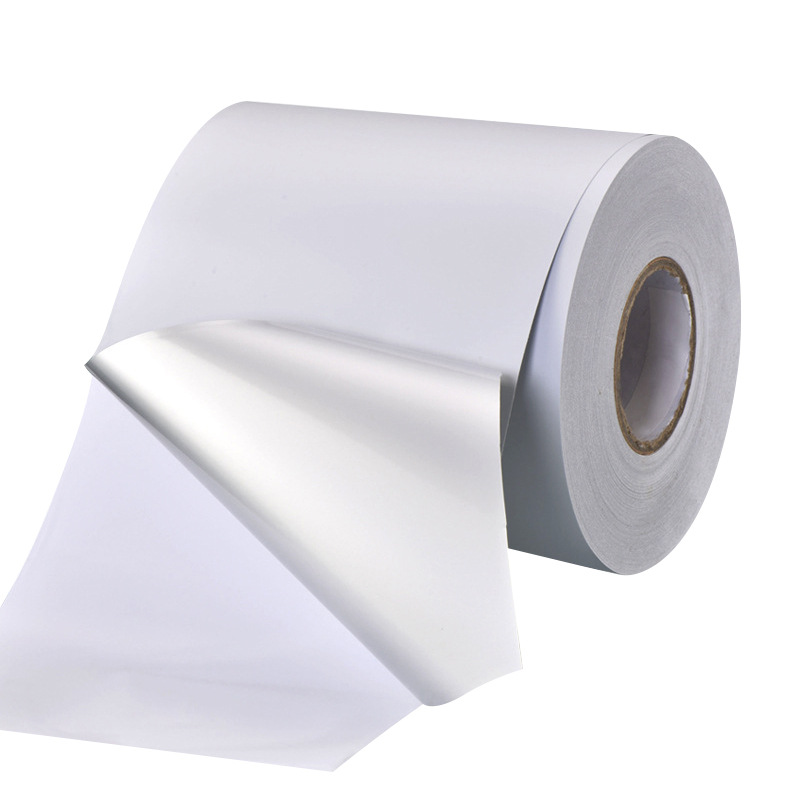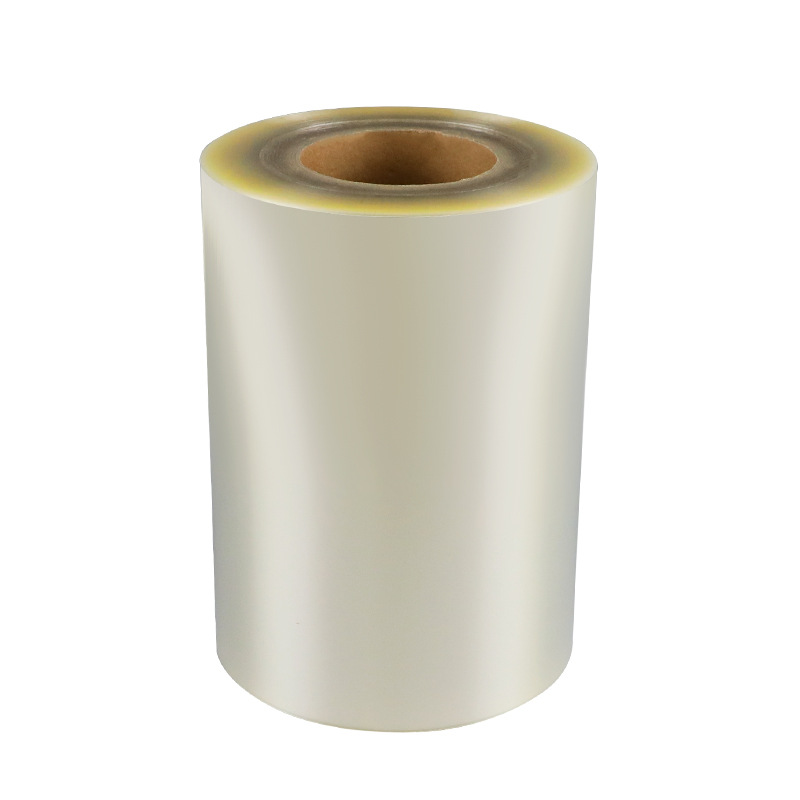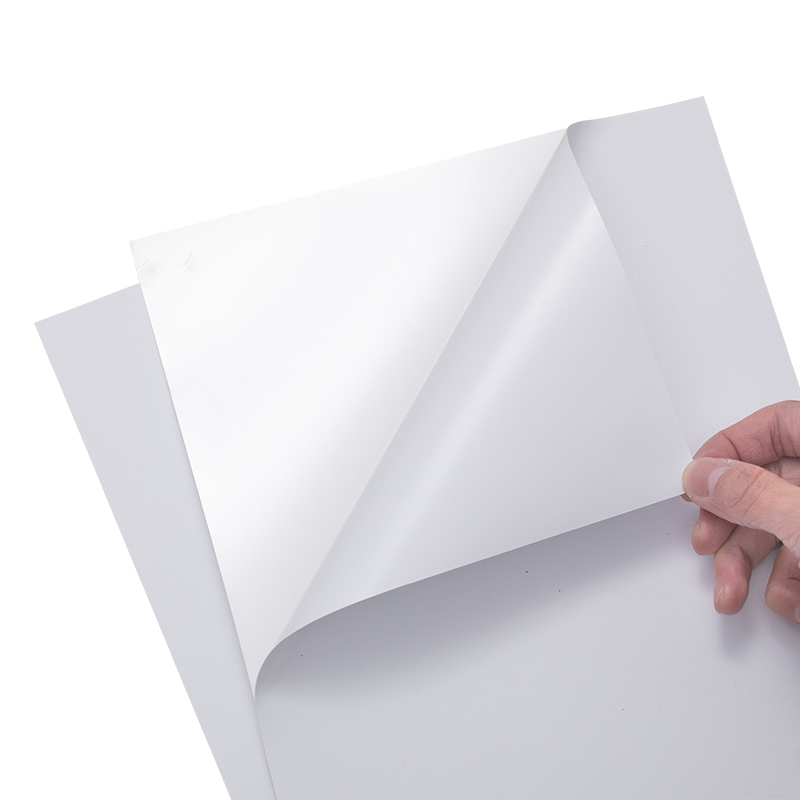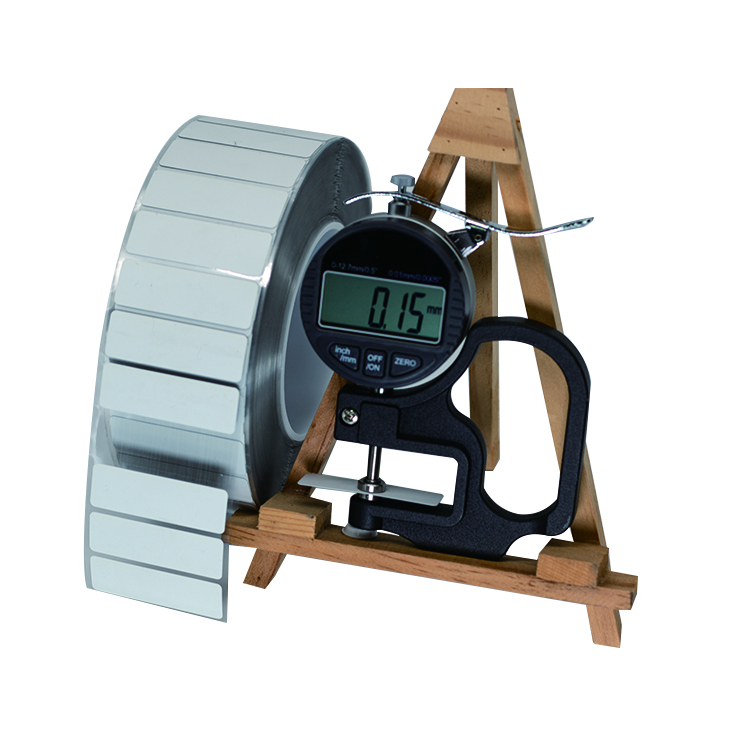How to Buy Inexpensive High-Temperature Resistant Labels
When it comes to purchasing inexpensive high-temperature resistant labels, there are several factors to consider. These labels are commonly used in industries such as automotive, aerospace, electronics, and manufacturing, where they are exposed to extreme temperatures and harsh environments. In this article, we will explore the key points to keep in mind when buying these labels.
1. Determine your requirements
Before purchasing high-temperature resistant labels, it is crucial to understand your specific requirements. Consider the following aspects:
- Temperature range: Determine the maximum and minimum temperatures the labels will be exposed to. This information will help you choose labels that can withstand the desired temperature range.
- Application surface: Evaluate the surface on which the labels will be applied. Different materials require different adhesive properties. Ensure that the labels you choose are compatible with the surface material.
- Durability: Assess the durability requirements of the labels. Will they be exposed to chemicals, abrasion, or other harsh conditions? Select labels that are designed to withstand these challenges.
2. Research suppliers
Once you have a clear understanding of your requirements, it's time to research suppliers. Look for reputable suppliers who specialize in high-temperature resistant labels. Consider factors such as:
- Experience: Choose suppliers with a proven track record in providing high-quality labels for challenging environments.
- Certifications: Check if the supplier has relevant certifications, such as ISO or UL, which ensure their products meet industry standards.
- Customer reviews: Read reviews and testimonials from previous customers to gauge the supplier's reliability and customer satisfaction.
3. Compare prices
While looking for inexpensive high-temperature resistant labels, it's important to compare prices from different suppliers. However, keep in mind that the cheapest option may not always be the best in terms of quality and durability. Consider the following:
- Material quality: Ensure that the labels are made from high-quality materials that can withstand the desired temperature range.
- Adhesive strength: Verify that the labels have a strong adhesive suitable for your application surface.
- Longevity: Assess the expected lifespan of the labels. Labels that last longer may provide better value for money in the long run.
4. Request samples
Before making a bulk purchase, request samples from the shortlisted suppliers. Testing the labels in your specific environment will help you assess their performance and suitability. Evaluate factors such as:
- Adhesive performance: Check if the labels adhere well to the surface and remain intact even at extreme temperatures.
- Print quality: Assess the legibility and durability of the printed information on the labels.
- Resistance to external factors: Expose the labels to chemicals, moisture, or other relevant factors to verify their resistance.
5. Consider customization options
If your labeling requirements are unique, consider suppliers who offer customization options. This will ensure that the labels meet your specific needs while maintaining their high-temperature resistance. Customization options may include:
- Size and shape: Choose labels that can be tailored to fit your application area precisely.
- Colors and graphics: Opt for labels that can be customized with your company logo, barcodes, or other relevant graphics.
- Variable data printing: If you require labels with unique information, select suppliers who offer variable data printing services.
Conclusion
When purchasing inexpensive high-temperature resistant labels, it is essential to understand your requirements, research suppliers, compare prices, request samples, and consider customization options. By following these steps, you can ensure that you select labels that meet your needs while providing durability and cost-effectiveness in challenging environments.
We offer comprehensive technical support, including free professional labeling solutions, advice on label materials and adhesive selection, as well as online/offline assistance from professional software and hardware engineers. Service email: andy@ownlikes.cn. In pre-sales, we leverage our extensive experience in specialty labeling projects to provide clients with the most suitable hardware solutions. Additionally, all our label barcode printers and scanners come with a three-year free warranty, demonstrating our confidence in our products.






This site is protected by reCAPTCHA and the Google Privacy Policy and Terms of Service apply.